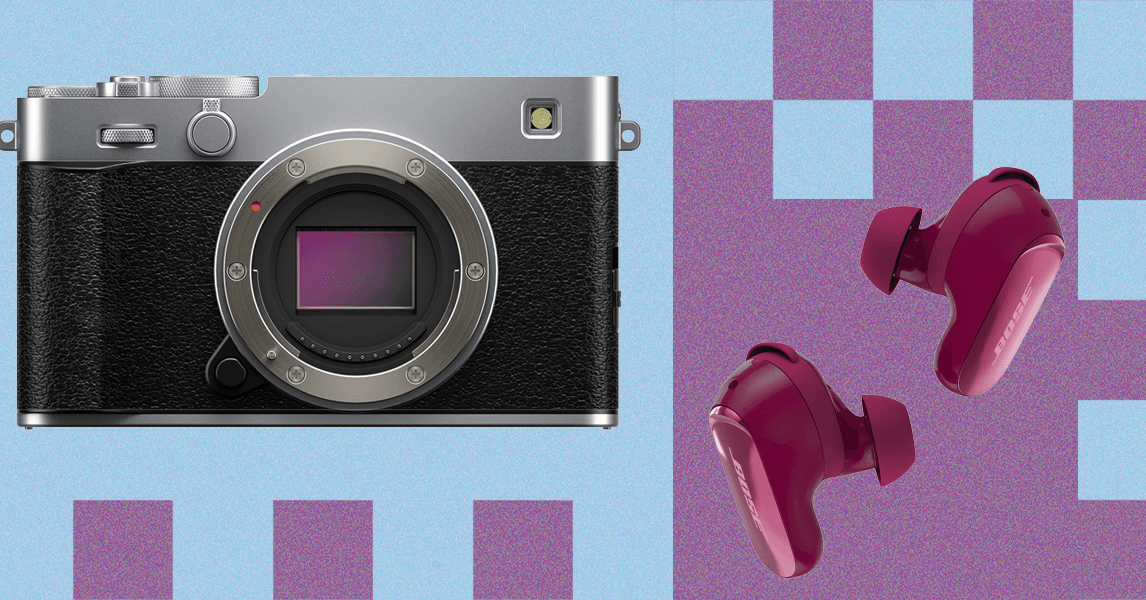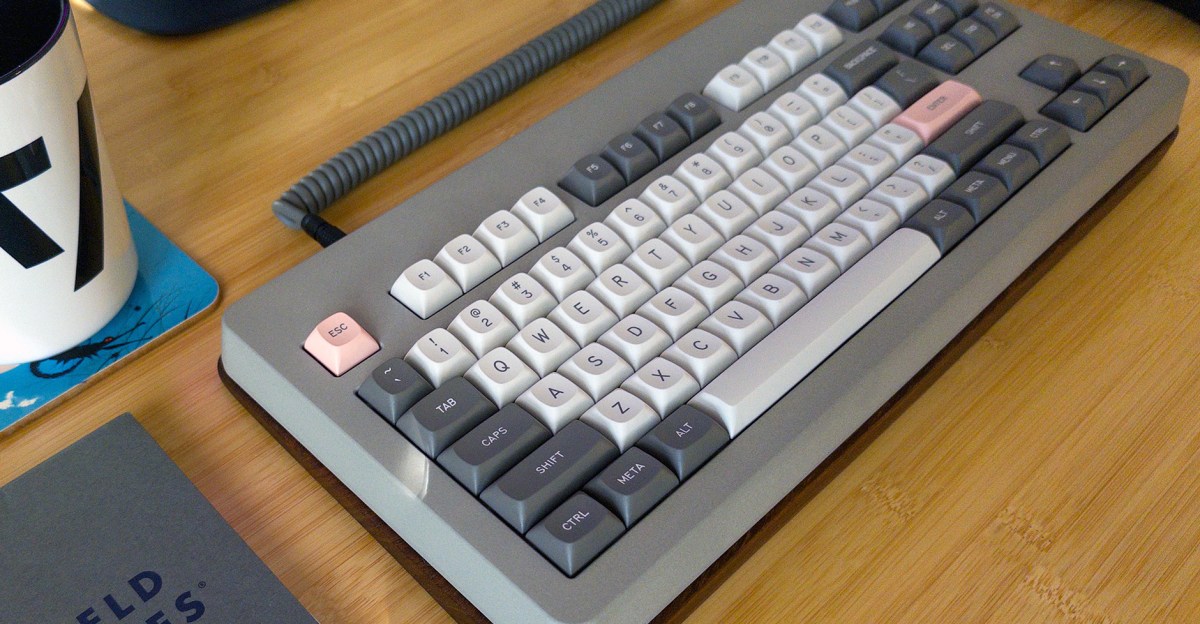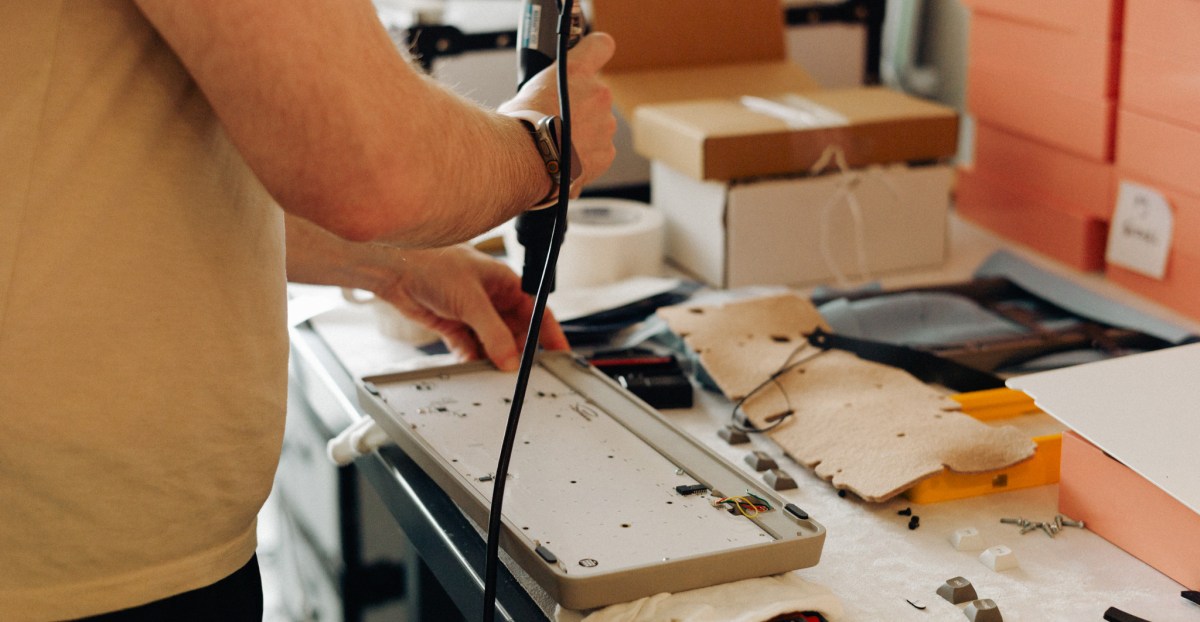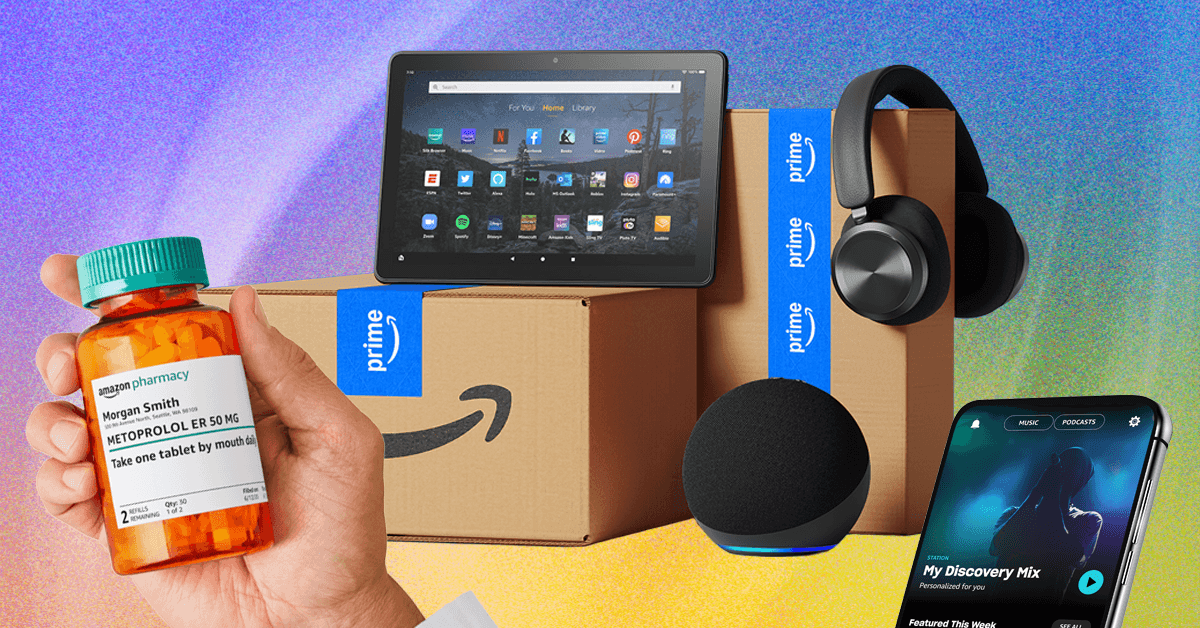The X-E5 regains the focus mode switch on the side of the body (notably absent from the X-E4), and adds a new film simulation dial. While many of Fujifilm’s enthusiast-level cameras have this control, the one on the X-E5 can store custom presets with your own film recipes. One thing that remains unchanged is the weather sealing, which still doesn’t exist here. Also disappointing is that the viewfinder remains small, with the same paltry resolution (2.36M dot, 1025 x 768) as the older model.
Courtesy of Fujifilm
The X-E5 will be available in the US in August for $1,699 for the body only and $1,899 for a version with Fujifilm’s new 23mm f/2.8R WR lens, launching alongside the X-E5. To meet demand (something Fujifilm failed to do with the X-E4), the company won’t be selling the lens as a standalone until late 2025. You can preorder it at Adorama or B&H Photo now. —Scott Gilbertson
Bose Announces New Buds And Speakers
Courtesy of Bose
Bose has a trio of new products incoming, including an update to some of our favourite earbuds. The QuietComfort Ultra Earbuds (2nd Gen) are getting a whole host of improvements, including better AI algorithms to help them filter out noise spikes more effectively and improve overall voice pickup and call quality. There’s also wireless charging out of the box now, a new wax-guard, and a punchy, limited-edition Deep Plum colourway. They’ll cost $299/£299, and can be pre-ordered now.
Joining the buds are two new speakers, the SoundLink Plus and the SoundLink Micro (2nd Gen). No prizes for guessing the big difference between them, but the Plus is a new mid-range portable speaker that sits between the SoundLink Flex and the SoundLink Max in the range, while the Micro is an updated version of the company’s smallest Bluetooth speaker.
For the latter, Bose is promising improved sound quality—particularly in the upper frequencies—USB-C charging, a better 12-hour battery life and Bose app compatibility. The Plus promises a “ready-for-anything” design that “brings the bass,” along with a 20-hour battery, charging USB-C port, and IP67 rating. It’ll be available in Black, Blue Dusk and summer-ready Citrus Yellow for $269/£249, while the Micro will cost $129/£119, with colorways coming soon. —Verity Burns
Qualcomm Demos a New Chip for Smart Glasses
At Augmented World Expo (AWE) this week, Qualcomm demoed its new Snapdragon AR1+ chipset designed for smart glasses, and its capability to run a small language model without the need to be tethered to a smartphone or rely on the cloud for processing.
Right now, most smart glasses are designed to stay connected with smartphones, which will handle any processing for AI-related queries, like when you ask Meta AI a question via the Meta Ray-Bans (powered by the original AR1). But that sucks up valuable battery life and can also introduce some delay as the request ping pongs to the phone and back. By integrating the capability to process a small language model directly via the AR1+ chip on smart glasses, you can expect faster response, better battery life, and improved privacy as everything stays on device. That also means you don’t need your phone nearby to get a response from an AI chatbot.
The AR1+ chipset is also 26 percent smaller than its predecessor, which Qualcomm thinks will help make smart glasses slightly less cumbersome to wear. Improvements to power management also help make the chip more efficient, and the company has added image processing techniques from smartphones to aid smart glasses with built-in cameras to better understand the world around.

















Leave a Reply